
Swept-source optical coherence tomography angiography can detect eyes at risk of developing exudative disease.

Swept-source optical coherence tomography angiography can detect eyes at risk of developing exudative disease.

Evidence from clinical trials and real-world situations demonstrates the effectiveness and convenience of intraocular drugs to control postoperative inflammation.

Trial results indicate that retinal cell injections improve vision in certain retinitis pigmentosa patients.

Investigators at Dartmouth College have found that eye contact during a conversation makes the discussion more appealing to its participants.
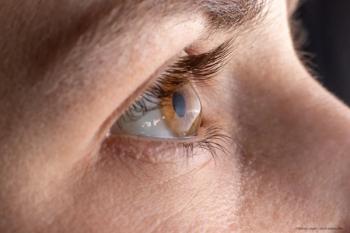
Ex vivo experiment identifies potential benefit for supplementary oxygen.

The white cane receives assistive updates to guide visually impaired users to destinations, making indoor navigation in unfamiliar locations easier and safer.
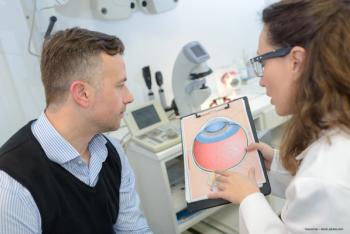
Thinning of inner plexiform sub-layers can help differentiate glaucomatous from healthy eyes.
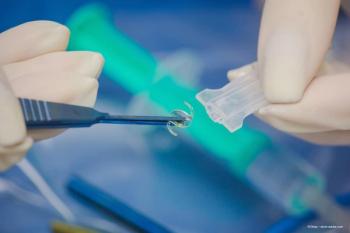
A new IOL combines the advantages of diffractive multifocal and extended-depth-of-focus lenses, providing a natural range of vision.

American Society of Retina Specialists (ASRS) meeting offers scientific sessions, symposia, discussion groups, opportunities for attendees.

The eyeglasses were reportedly designed to help the wearer reach enlightenment and drive away evil, according to Sotheby’s London, which will host the auction next month.
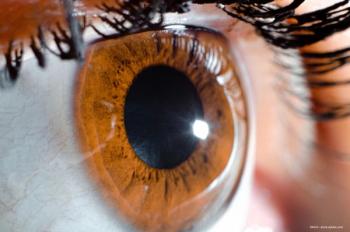
Exploring subtleties helps ophthalmologists understand postoperative surprises.

Subtle changes in the retina, optic nerve and visual processing system may reveal early signs of Alzheimer’s disease and enable prompt initiation of treatment.

A recent prospective study analysed the relationship between corneo-scleral geometry and the axial length of the eye to develop preliminary prediction models of the axial length of the eye based on clinical data.

The 39th Congress of the European Society for Cataract and Refractive Surgery (ESCRS) will meet at RAI Congress Centre in Amsterdam, the Netherlands, from 8–11 October 2021. The Congress will also be held virtually, making the chance to participate in some capacity a reality for all.

Scanning laser ophthalmoscopy offers improved view of posterior segment.
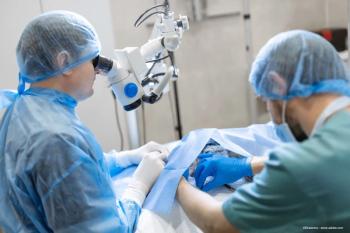
Cataract surgeons and nurses would support having re-usable equipment and supplies to reduce operating theatre waste and carbon footprint.

A 48-year-old male patient presented to an ophthalmic emergency department with what was described as progressive bilateral corneal melting 5 weeks after he received the first dose of a COVID-19 vaccine.

A post-conference guide for ophthalmologists after the conclusion of EURETINA 2021.

Development of new animal model enhances study of genetic mutations.
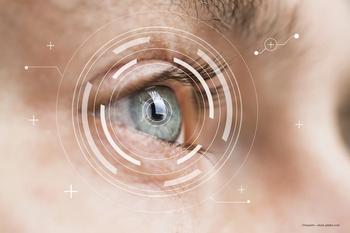
During a presentation at the EURETINA 2021 Virtual Congress, Prof. Ben Burton detailed how dry AMD patients treated with photobiomodulation therapy have seen improvements in best-corrected visual acuity 9 months after treatment.

Health systems are challenged to provide appropriate care for the ever-increasing number of patients with diabetes and its complications, such as diabetic retinopathy and diabetic macular oedema.
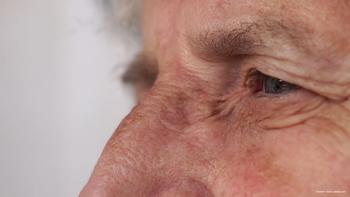
During a presentation at the EURETINA 2021 Virtual Congress, Dr Daniel Jones discussed GA and emphasized the need for additional study to gain a better understanding of the burden experienced by patients.

In a presentation at the EURETINA 2021 Virtual Congress, Dr Cristina Cristian noted that an injection of brolucizumab treatment in patients with neovascular age-related macular degeneration led to a median improvement in visual acuity (VA) of 10.5 letters and the drug was well-tolerated.
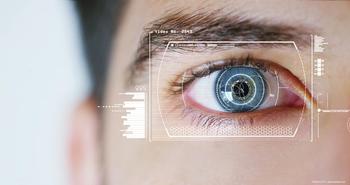
During a presentation at the EURETINA 2021 Virtual Congress, Dr Anat Loewenstein discussed how artificial intelligence can optimize optical coherence tomography.

During a presentation at the EURETINA 2021 Virtual Congress, Dr José-Alain Sahel explains that optogenetics involves the use of artificial photoreceptors from specific retinal cells to restore vision by transferring a gene that encodes for a light-sensitive protein that causes neuronal cells to respond to light stimulation.

Treating the disease can be a challenge, and at the EURETINA 2021 Virtual Congress, Dr Chekitaan Singh discussed a case study detailing the care of a patient who had already lost vision in one eye from a similar issue.

Speaking during the EURETINA 2021 Virtual Congress, Dr Marta Belmonte-Grau discussed the potential risk for posterior capsular rupture during cataract surgery.

Investigators have found that 1 intravitreal injection of an adeno-associated virus encoding an immunosuppressive transgene, either HLA-G or eqIL-10, reduced the clinical and histologic inflammation in a well-established model of autoimmune uveitis.

Gene therapy has produced early and lasting improvements in retinal cell morphology and visual acuity in a patient with inherited retinal disease.

In the 30 years since optical coherence tomography was first described, it has become one of the most widely used technologies for imaging the human eye.